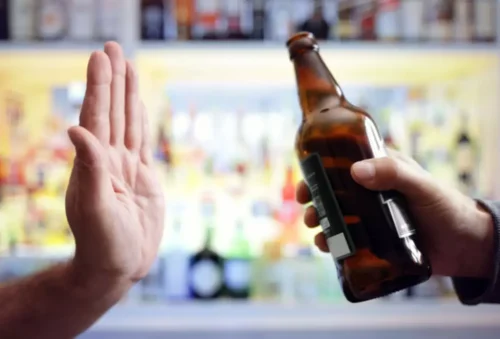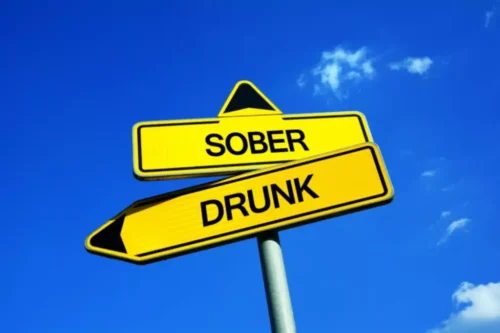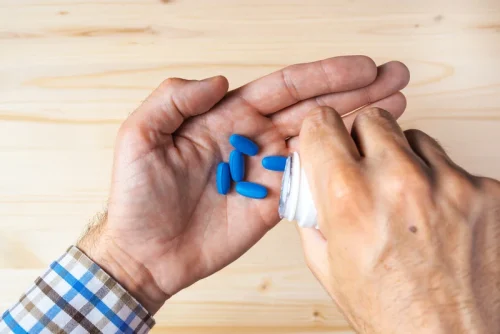Centers for Disease Control and Prevention, fentanyl is the drug most often involved in fatal overdoses in the U.S. Substance use becomes an addiction when a person can no longer control the use, when they want to cut back but can’t manage to, and when use begins to interfere with functioning—affecting work, school, relationships, and sense of self. That point differs from one person to the next, due to many biological and situational variables influencing response to a substance. Addiction can reveal itself in physical signs, as well as psychological and behavioral ones, although they are not diagnostically specific for the condition. Substance users may have dilated pupils or glazed eyes, slurred speech, and ramble when they talk. They can show changes in movement patterns—depending on the type of substance involved, psychomotor retardation (heroin) or jumpiness (cocaine).
Wine Use, Addiction, And Treatment Options
You maintain a belief that you can stop any time you want—despite evidence to the contrary. While the best-known signs of addiction may be physical changes in a person—weight loss to the point of emaciation, the red face of problem drinkers—those occur late in the course of substance use. Wine use can damage the immune system, and make a person more susceptible to disease. Wine use can also lead to stomach ulcers, cancer, relationship problems, and alcoholism.
A glass of wine or beer per day is fine for your health: new study
You can help guide your group of friends toward places and events that don’t involve alcohol. Or check out local clubs, art classes, or recreational sports leagues. Even playful teasing or offhanded comments like, “Oh that’s right, you’re a stick-in-the-mud now,” can exert pressure or make them feel excluded. Instead, commend yourself for the attempt and acknowledge that stopping or cutting back on drinking isn’t easy. Also recognize that just because you slipped up and had a few drinks it doesn’t mean you have to completely throw out goals like Dry January.
Myth: Drinking one glass of alcohol a night has no impact on your health.
The World Health Organization (WHO) classifies alcohol as a Group 1 carcinogen, meaning there is sufficient evidence to link alcohol consumption with cancer in humans. Even moderate drinking has been linked to an elevated risk of breast, liver, esophageal, and colorectal cancers. Red wine is rich in polyphenols, particularly resveratrol, which is found in the skins of grapes. Resveratrol is thought to help protect the lining of blood vessels in the heart, reduce “bad” LDL cholesterol, and prevent blood clots. Several studies have suggested that moderate wine drinkers have a lower risk of heart disease compared to non-drinkers and heavy drinkers. The chance of developing any health problem is related to the genetic code we are born with.
- The toll that frequent alcohol use can have on your body can be severe but in some cases, the damage can be reversible.
- Sweating, body tremors, or even vomiting can be signs, as can weight loss or gain.
- It’s important to be aware that alcohol doesn’t have to be a part of those things, Dr. Oesterle says.
- For example, it may be used to define the risk of illness or injury based on the number of drinks a person has in a week.
- Mutual-support groups, such as Alcoholics Anonymous (AA), can also offer ways to connect with people who are dealing with similar challenges.
Even French health officials are telling their countrymen to drink less wine. Dietary Guidelines due for an update in 2025, there’s talk about revising the recommendations to reduce the volume of alcohol consumption considered safe or, even, echo the WHO’s “no safe level” statement. All are experts in substance abuse and there is concern that several have https://ecosoberhouse.com/ demonstrated biases against alcohol. Wine is calorie-dense, and daily consumption can contribute to weight gain if not accounted for in your overall diet. In addition to calories from alcohol, wine contains sugars and carbohydrates that can add up. Over time, this can lead to metabolic issues, including insulin resistance and increased abdominal fat.
What the new alcohol paper really showed
This theme encompassed the most tactics; alternating alcoholic drinks with soft drinks or no and low alcohol (no-lo) drinks, drinking lower strength drinks and having smaller drinks or measures. If focus groups run as intended, a conversational dynamic is established between participants. This facilitates discussion of broad opinions, attitudes, and past experiences [27,28]. This process can lead to participants asking questions and exploring topics and ideas that a researcher in a one-to-one interview may not have broached [28]. Here, the aim of the focus groups was to explore a range of opinions reflecting the experiences of a diverse group of increasing-and-higher-risk drinkers who drink in a range of drinking contexts. The claims range from how a glass a day — red wine especially — can reduce a person’s risk of heart disease, heart attack, stroke and diabetes to how its antioxidants can help slow aging and limit stress in the brain.
Psychological dependence is a term sometimes used to indicate the mental processes of addiction, but it has no real meaning given current understanding of the way the brain works. There is no real difference between physical addiction and psychological addiction. Addiction is one of those conditions that demonstrates it is not possible to distinguish between physical and psychological aspects of behavior. There are both physical and behavioral clues that someone might be experiencing a problem with substance use.
How to talk to people about your new drinking habits
Alcohol consumption was also linked to a greater risk for stroke, coronary disease, heart failure, and fatally high blood pressure. However, it’s difficult to discern if drinking was the primary problem, or whether lifestyle choices such as diet and exercise influenced health outcomes as well. However, even moderate alcohol seems to increase the risk of breast cancer.
May Boost Breast Cancer Risk
Perhaps you fear that if you’re not drinking then friends will stop inviting you out, leaving you feeling isolated and lonely. Even just the thought of enduring snide comments and mean-spirited is wine addictive jokes may prevent you from trying to cut back on your alcohol use. Recovery is possible in the early stages, when infusions of the vitamin can restore thiamine reserves.
The alcohol is still affecting their bodies, even if they do not immediately feel it, and they are still at higher risk of falls, cognitive impairment and other negative effects because they are drinking more. To catch increasingly health-aware drinkers, some wine brands are advertising themselves as low-sugar or zero-additive. Meanwhile, some producers are playing up the positive aspects of wine, namely that it has a lower abv than hard alcohol and is also a cultural connector. After all, wine classes don’t merely learn how to taste; students also dig into agriculture, geology, chemistry, business, marketing, languages and history. Dr. Stockwell believes that if wine is hazardous, consumers should have a right to know and make informed decisions. A study by the National Cancer Institute published in 2022 found that only 10% of wine drinkers were aware of any cancer risk.









Recent Comments